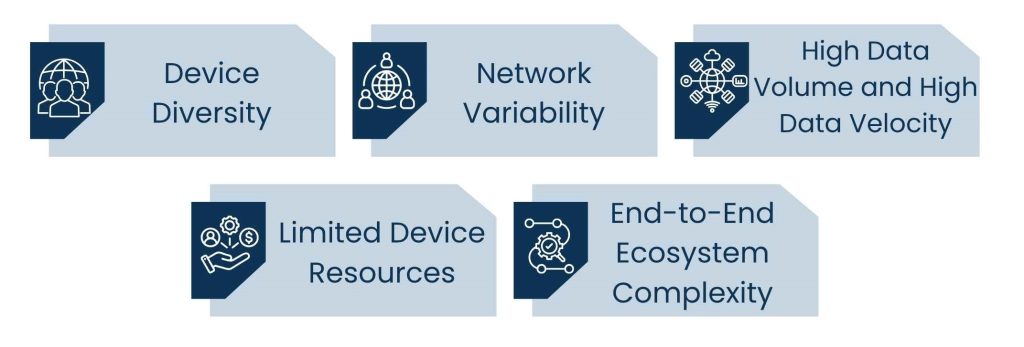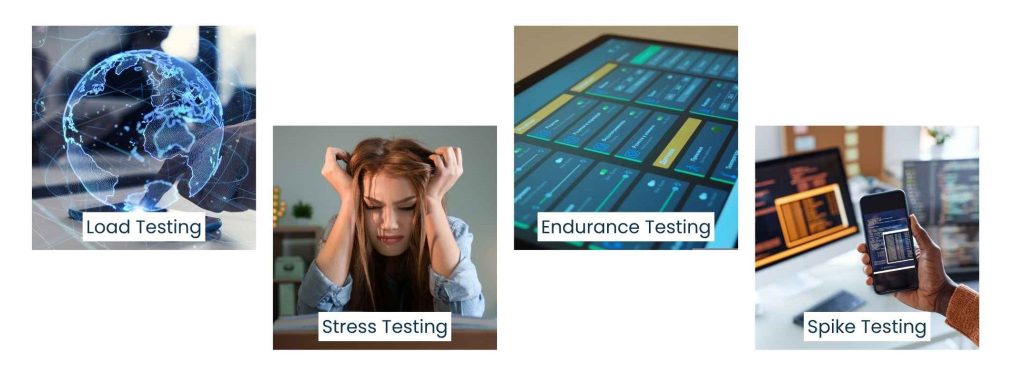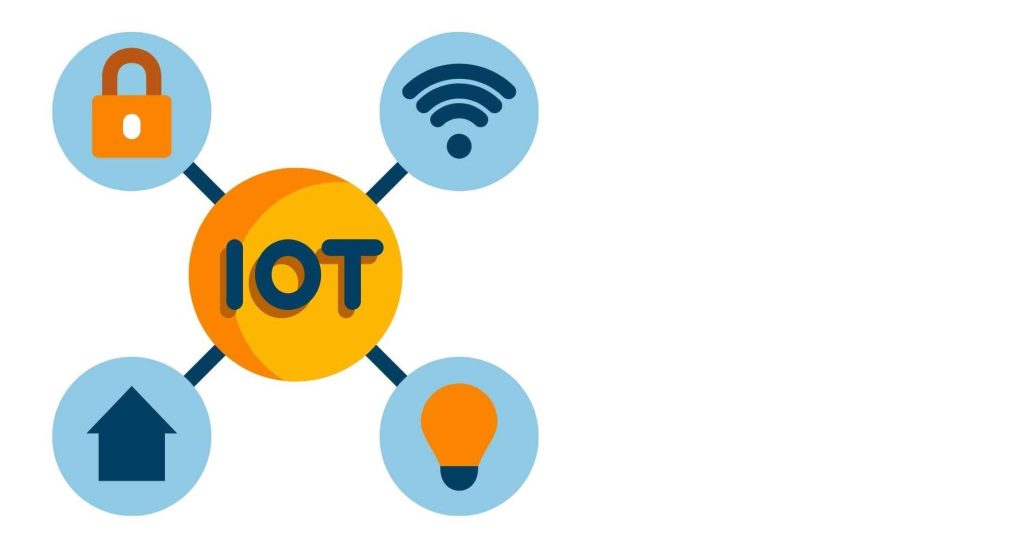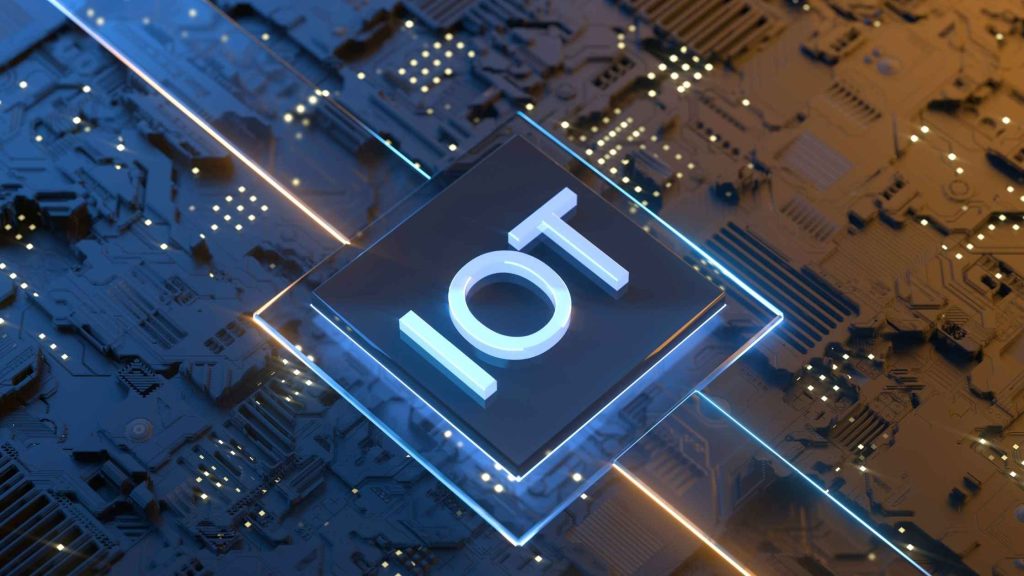Introduction
IoT testing services are a necessity in the current expanding connected world. High-performance requirements are no longer an afterthought. Early in your project, if you’re building smart home devices, wearables, or industrial automation platforms. there’s no such thing as a “nice-to-have” feature. It needs to function flawlessly. IoT systems are much more than just hardware. They are cloud servers, APIs, real-time communication, mobile apps, and a steady flow of data between multiple devices.
After the digital transformation, millions of devices are exchanging data in real time. This has increased performance issues such as latency, dropped data, or system crashes. It can have real-world implications, not just in the experience but in operations, security, and safety. A slow gadget is not only annoying; it may cause a delay in notifications, trigger misfires, or overburden systems.
That’s why throughout IoT testing services, performance testing is designed to verify the speed, scalability, and stability on all levels, from sensor to cloud. This ensures your IoT product is stable under load, performs in a consistent manner under pressure, and can scale with usage. It’s a necessity if the latest and greatest of IoT systems are not to drop the ball in the clutch. That’s a risk businesses can no longer afford in today’s connected world.
Why Performance Testing is Crucial in IoT Ecosystems?
As the proliferation of distributed ecosystems continues, the importance of IoT testing services is more relevant than ever to confirm that devices, platforms, and cloud components work as expected, not in the hypothesized idealistic scenario, but in the real world. Performance testing ensures that the system is responsive, available, and scalable as required, which is fundamental to ensuring the delivery of a good end-user experience and to preventing outages.

Here are some of the fundamental considerations for performance testing:
- Speed: How quickly does the device react when a command is given?
In IoT, responsiveness is everything. Whether it’s a smart thermostat whirring the room temperature up or down (often the wrong way) or an industrial sensor triggering a safety alert, lag can make for bad experiences or worse, threaten lives. Speed testing tests how responsive your system is, especially under heavy usage or delayed network conditions.
- Scalability: Will your applications be able to adopt the new 10,000 devices without experiencing slowdowns and performance problems?
The infrastructure should be flexible so that it can scale with demand. With performance testing, you simulate all of them to check whether your backend, APIs, and cloud systems can perfectly scale without any loss in speed and uptime.
- Stability: How can you assess performance if the page has a load of data?
When your system does the same thing, whether you’re serving 100 devices or 100,000. It aims to achieve availability, avoid crashes, and run systems over long periods. Stability testing is particularly important when it comes to continuous environments, whether that be healthcare, logistics, or energy, where downtime is simply not an option.
Moreover, IoT performance testing protects against:
- During peak hours, data loss is a concern.
- Bad communication among devices.
- Issues like system timeouts or excessive resource use.
- Lack of network and platform sync effects.
Identifying these shortfalls in advance allows companies to optimize device firmware, fine-tune infrastructure. And validate that their platform can sustainably deliver quality across a large scale of users.
So, in conclusion, performance-oriented Internet of Things IoT testing services are vital to ensure you don’t fail, creating trust among users for your products and ensuring your connected ecosystem is fit for the demands of the real world, whether they’re smart homes or even smart cities.
Challenges in Performance Testing in the IoT
Performance testing is critical, but doing so in the IoT setting poses new and distinct problems. Also, contrary to traditional software testing, testing of IoT services has to take into account. The intricacy, distribution, autonomy, and vagueness of the connected environments. The presence of physical devices, live data exchange, and varying network conditions makes testing much more challenging.

These are the top IoT issues that I’ve heard teams struggle with when trying to perform performance tests:
• Device Diversity
IoT ecosystems bring together diverse hardware, ranging from sensors, gateways, smart devices, wearables, etc, each with different hardware specs, operating systems, and communication protocols. Distributed hardware measures the performance of a system over such a heterogeneous environment; one needs tools and frameworks that can emulate different hardware behavior correctly.
• Network Variability
The devices of the Internet of Things reside on a wide range of networks, including Wi-Fi, Bluetooth, Zigbee, 5G, LTE, and more. Each type of network has its own latency, bandwidth constraints, and threat of failure. Such variation has to be taken into account in testing for real field performance.
• High Data Volume and High Data Velocity
The explosion of data generated by IoT, Much of it in near real time. And processing, storing, and analyzing this data without bottlenecks or latency is one of the largest performance obstacles. Testing should have the same amount of real-time (number of calls and rate) traffic simultaneously to prove system responsiveness.
• Limited Device Resources
Most IoT devices only have a small set of CPU, memory, and power resources. These conditions render them more susceptible to reduction under stress, reduction in performance. It is essential to test what devices experience under load and how (or if) they can stay up without overheating, slowing down, or failing.
• End-to-End Ecosystem Complexity
An IoT system involves cloud servers, mobile apps, and dashboards, all of which need to work together seamlessly. We need performance testing to cover the full architecture, to find where latency, failure, and bottlenecks could occur.
The way to solve these challenges is a mixture of custom test frameworks, automation tools, cloud-based sim tools, and an experienced QA strategy. Which is why performance-specific IOT testing services, rather than general QA, is so vital for companies that are architecting IoT to be real-time, nimble networks that can scale and endure.
Performance Testing and Its Types in IoT
IoT systems have to run across the hardware they are sitting on, through software running in the cloud, across networks, all interacting in real-time. To make sure that the IoT can cope with real-world loads without performance failure, IoT testing services employ various types of performance testing techniques. They all target various pressure points in the system, allowing you to pinpoint bottlenecks, resource limits, and potential failure zones long before they consume actual users.

These are the four most essential types of performance testing in IoT:
• Load Testing
This simulates many IoT devices connecting to your system at once. This will evaluate the capacity of your app for average and peak usage. For instance, if you expect 50,000 intelligent thermostats to report to a cloud server once an hour, load testing ensures that the server can accommodate that level of request without lagging or dropping data.
• Stress Testing
The goal of stress testing is to drive the system beyond its design limits to determine when and how it fails. This is essential for disaster recovery planning and system hardening. To keep with IoT, it could mean you stress the system and see what happens when you double the number of simultaneous connections or reduce available resources, but not fail (at least not right away).
• Endurance Testing
The lifetime expectation of IoT devices is for them to keep running for days, weeks, months, or even years. Endurance testing verifies that the system is able to handle prolonged use and stress. It exposes memory leaks, performance slowdowns, overheating, or device wear and tear that may only manifest themselves after the device has been running for some time, all things that can, in themselves, introduce significant reliability problems.
• Spike Testing
IoT networks are also prone to sudden surges, for example, following a power outage, when all smart sensors reboot and reconnect simultaneously. Spike testing tests how a system reacts to such sudden traffic bursts. It guarantees your system can cope with random spikes without falling over, without queuing everything for hours, or without pitching the pile of data onto the floor.
These test categories play an important role in fortifying ecosystems. This kind of integrated strategy enables businesses to provide the speed, stability, and scalability, the three pillars of a high-performance IoT environment. That’s why dedicated IoT performance testing becomes an absolute necessity in the hyper-connected world we live in today.
How Performance Validation is Improved by IoT Automation Testing?
It’s just not practical for manual testing to keep pace with the growing complexity and scale of IoT systems. Having thousands of devices, numerous configurations, and live user interactions, the process of creating performance tests manually is laborious, error-prone, and non-deterministic. This is where IoT automation testing becomes transformative.
Automation simplifies this by enabling testing teams to replicate real-world performance scenarios with well-defined scripts and tools to appropriately validate how Internet of Things-connected devices, cloud platforms, and data flows operate at scale.
The specific improvements performance testing enjoys thanks to IoT automation include the following: Here is how IoT automation makes performance testing bothersome in a good way.

• Consistent Test Execution
Automated tests eliminate variability. All test runs are identical to ensure consistent environment conditions, set of steps, and data inputs — so the results, since they’re repeatable and reproducible, allow for such an apples-to-apples performance benchmark.
• Quick Detection of Performance Regressions
Running automated tests after each deploy or code update, teams can immediately know if new code has affected response time, throughput, or system health. This is a great way to keep performance bugs to a minimum on your production services.
• Quickening of Testing in Continuous Integration/Continuous Deployment Pipelines
CI/CD is commonplace in the world of IoT software development. Through automation, we can include performance testing in these pipelines and keep an eye on performance just as we do functionality, not as an afterthought.
• Simulating edge cases at scale
Automation makes it simple to test critical edge cases such as sudden network breakages, power outages, or unexpected data spikes. These situations can be handled in hundreds or thousands of virtual devices at the same time.
• Deep System Health Visibility
Real-time performance dashboards and automated logs allow visibility into device behavior, API latency, data throughput, and memory consumption. -Teams can see trends instantly, locate bottlenecks, and lean up the process quickly.
• Reducing the Human Resources Error and Cost
Manually, performance testing is susceptible to being missed, to inconsistent environment hygiene, and to the time that it often takes to conduct the test. Automation slims down the need for big QA teams and shortens time-to-testing cycles, freeing up resources to perform deeper analysis and drive product improvements.
By adding IoT automation testing to their performance workflows, organizations can have greater access to the ability to test and ultimately validate more frequently, more deeply, and more precisely. It makes sure that connected systems don’t just work, but that they are also robust, responsive, and reliable in real-world environments, and that’s precisely what the Internet of Things requires today.
Conclusion: Performance Testing - The Key to a Trustworthy IoT
Since smart devices work in real time and across large scales, IoT testing services confirm performance stays an advantage. Regardless of what you’re developing, whether it be a fitness tracker, smart home product, or a robust, industry-grade IoT solution, performance testing ensures your system is fast, scalable, and stable, even under pressure.
Beginning with testing for traffic surges and ending with steady state. We strive to help you identify bugs and bottlenecks that have the potential to compromise the user experience as well as the uptime. Which can be a valuable driver for the business. With IoT automation testing, it can also become a proactive force that promotes continuous development, accelerates time-to-market, and squashes potential nasty surprises post-launch.
And the security angle, of course. In addition, by having your IoT systems security tested as part of your performance testing, you ensure your system is not just performant and robust, but also secure against security issues that can be identified under load.
Performance testing is, in other words, not something to toss on a checklist but a cornerstone of trustworthy user-backed IoT. Scalable Success If your devices are destined to scale and win, your testing strategy has to be just as strong.
About Us
Tasks Expert offers top-tier virtual assistant services from highly skilled professionals based in India. Our VAs handle a wide range of tasks, from part time personal assistant to specialized services like remote it support services, professional bookkeeping service etc. Furthermore, it helps businesses worldwide streamline operations and boost productivity.
Ready to elevate your business? Book a Call and let Tasks Expert take care of the rest.










